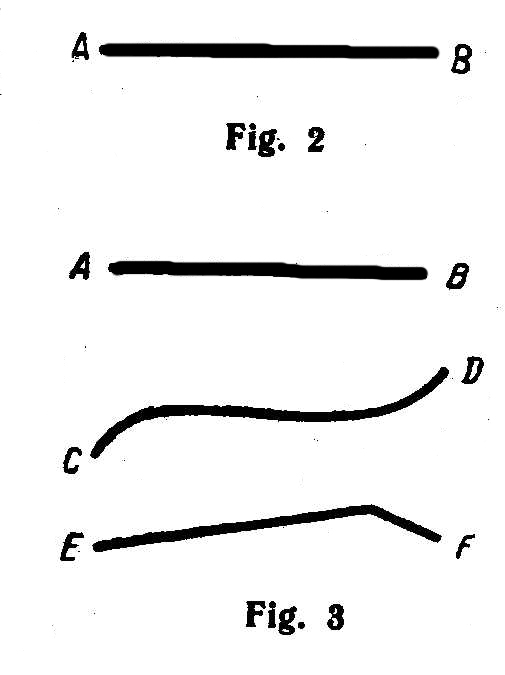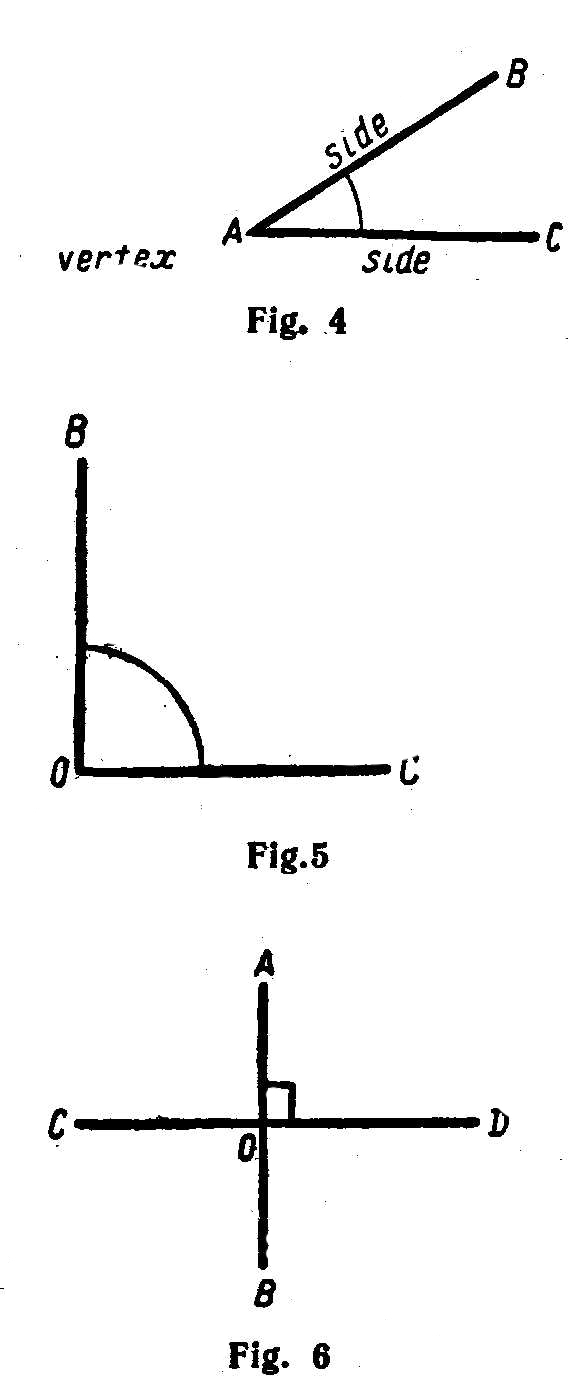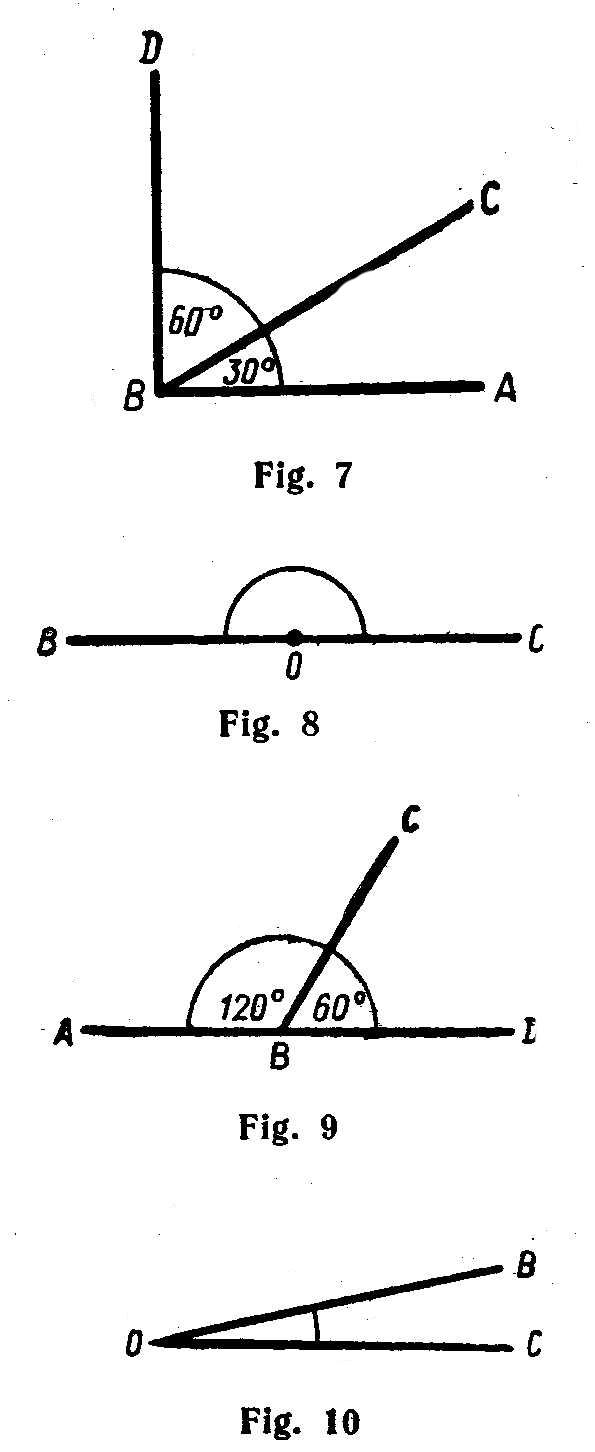
- •Arithmetic
- •How the use of numbers began
- •Exercises
- •How we read and write numbers
- •Exercises
- •I. Read the following words paying attention to the pronunciation:
- •Adding, subtracting, multiplying and dividing the whole numbers
- •Exercises
- •I. Read the following words paying attention to the pronunciation:
- •Fractions and their meaning
- •Exercises
- •I. Read the following words paying attention to the pronunciation:
- •Types of fractions
- •Exercises
- •I. Read the following words paying attention to the pronunciation:
- •Addition, subtraction, multiplication and division of fractions
- •Exercises
- •Changing fractions
- •I. Read the following words paying attention to the pronunciation:
- •Decimal fractions
- •Exercises
- •I. Read the following words paying attention to the pronunciation:
- •Adding, subtracting, multiplying and dividing decimal fractions
- •Exercises
- •I Read the following words paying attention to the pronunciation:
- •What is per cent?
- •Exercises
- •I. Read the following words paying attention to the pronunciation:
- •Scale drawing
- •Exercises
- •I. Read the following words paying attention to the pronunciation:
- •Exercises
- •I. Read the following words paying attention to the pronunciation:
- •Algebra
- •The nature of algebra
- •Exercises
- •I. Read the following words paying attention to the pronunciation:
- •Signs used in algebra
- •Exercises
- •I. Read the following words paying attention to the pronunciation:
- •Equations
- •Exercises
- •I. Read the following words paying attention to the pronunciation:
- •Monomial and polynomial
- •Exercises
- •I. Read the following words paying attention to the pronunciation:
- •Factors, coefficients and combining terms
- •Exercises
- •I. Read the following words paying attention to the pronunciation:
- •The formula
- •Exercises
- •I. Read the following words paying attention to the pronunciation:
- •Systems of two linear equations1 in two unknowns
- •Exercises
- •Read the following words paying attention to the pronunciation:
- •Squares and square roots
- •Exercises
- •Read the following words paying attention to the pronunciation:
- •Logarithms
- •Exercises
- •I. Read the following words paying attention to the pronunciation:
- •The slide-rule
- •Exercises
- •Geometry
- •Points and lines
- •Measuring and constructing angles with a protractor
- •Exercises
- •Read the following words paying attention to the pronunciation:
- •Kinds of polygons
- •Exercises
- •Circles
- •Exercises
- •Geometric solids
- •Exercises
- •Symmetry
- •Exercises
- •Similar fioures
- •Exercises
- •I. Read the following words paying attention to the pronunciation:
- •Trigonometry
- •Trigonometry and its application
- •Exercises
- •Trigonometric functions
- •Exercises
- •Measurement of angles
- •Exercises
- •Functions of complementary angles
- •Exercises
- •The solution of right triangles
- •Exercises
- •Tables of values of the trigonometric functions
- •Exercises
- •Exercises
- •Supplementary reading
- •Pythagoras
- •Leibnitz
- •Sophia kovalevskaya
- •Nikolai lobachevsky
- •Mathematician No. 1
- •About common fractions
- •Mathematics—handyman for all sciences
- •Ordinary vs. Binary numbers
- •Appendix signs used in mathematics
- •Short mathematics dictionary
- •English – russian vocabulary of mathematical terms
The slide-rule
The slide rule (Fig. 1) presents one of the quickest and easiest ways of performing the operations of multiplication, division, raising to a power, and extracting a root, when not more than the first three or four digits of the result are necessary. Both straight and circular slide rules are in common use, but it is generally easier to learn to use the straight slide rule first. We represent here the fundamental principles of the straight (10 inches) slide rule as they are used in multiplication, division, reciprocals, proportion, squaring and extracting square roots.

Fig. 1
The straight slide rule is composed of many bodies or "frames", a slide or "slip stick", and an indicator. The slide is the main body. The indicator is the glass containing the hairline and is used to locate numbers in the various scales.
The Scales. The scales on a slide rule are graduated according to the mantissa of the positive real numbers, or, according to the logarithms of numbers from 1 to 10.
The top scale is divided into ten equal lengths (1 inch each for the 10-inch slide rule). The numbers from 1 to 10 on the bottom scale are located so that they correspond to their logarithms on the top scale. Note that the lengths be-tween the numbers on the bottom scale decreases in size as the numbers become larger. The bottom scale is called a logarithm scale.
Exercises
Read, the following words paying attention to the pronunciation:
slip, stick, ways, raise, indicating, according, corresponding, locate, scales.
II. Give the following nouns in the singular:
rules, glasses, inches, principles, reciprocals, bodies, mantissas, lengths.
III. Make up sentences of your own using the words and expressions given below:
the 10-inch slide-rule, the quickest way of performing the operation, the easiest way of performing the operation, to graduate a scale, to locate numbers, a slide.
IV. Answer the following questions:
1. What operations can we perform with the help of the slide rule? 2. What kind of slide rules do you know? 3. What is the straight slide rule composed of? 4. How are the scales on a slide rule graduated? 5. What scale is called a logarithm scale?
Geometry
Engineers, architects and people of many other professions use lines and figures in their daily work. The study of lines and closed figures made by lines is called geometry. Geometry is the branch of mathematics which investigates the relations, properties, and measurement of solids, surfaces, lines and angles.
TEXT
Points and lines
A point has no length, width or thickness. It merely indicates position. To represent a point in geometry we mark
a dot and label it with a capital letter. For example, A or -A would be called "point A".
A line has no width or thickness. It has length and direction. An infinite number of straight lines can be drawn through one point.
S ince
a line extends indefinite in either direction, we must
with
line segments, or portions in lines. The segment is represented by
two capital letters, one placed at each end. The line segment
AB
or BA
is shown in Fig. 2. It can also be represented by small letters.
Hence a is line segment
a.
ince
a line extends indefinite in either direction, we must
with
line segments, or portions in lines. The segment is represented by
two capital letters, one placed at each end. The line segment
AB
or BA
is shown in Fig. 2. It can also be represented by small letters.
Hence a is line segment
a.
A line joins two points. Only one straight line can be drawn between two points. There are three kinds of lines.*straight, curved and broken.
In Fig. 3 AB is a straight line; CD is a curved line; EF is a broken line. Notice that the lines are labeled by capital letters placed at the end of the line.
Lines that extend from left to right as the horizon are called horizontal lines. Examples of horizontal lines are lines on writing paper and all level lines which we find in man-made structures.1
Note:
1 man-made structures — постройки и сооружения, созданные руками человека
EXERCISES
I. Read the following words paying attention to the pronunciation:
length, thickness, width, thin, straight, draw, through, curve, there, that, position, representation, profession, either, or, more.
II. Form nouns adding suffixes and translate the newly formed words into Russian:
-tion: construct, represent, multiply, form;
-ment: displace, measure;
-ing: draw, study, find.
III. Make up sentences of your own using the words and expressions given below:
daily work, closed figures, to be represented by, thickness to extend, indefinitely, labeled by, a broken line.
IV. Answer the following questions:
1. What is geometry? 2. What are the characteristic features of a point? 3. How do We represent a point in geometry? 4. How many lines can be drawn through one point? 5. What is a segment? 6. How many lines can be drawn between two points? 7. What kind of lines do you know?
V. Translate into Russian:
Geometry is the [branch of mathematics which investigates the relations, properties and measurements of solids, surfaces, lines and angles.
The two points may be at any distance apart, so a straight line may be considered as having any length.
A broken line is a line formed of successive sections, or segments, of straight lines.
A curved line, or simply a curve, is a line no portion of which is straight.
VI. Translate into English:
Через любые две точки можно провести прямую и притом только одну. Если на плоскости взять какие-нибудь две точки и провести через них прямую линию, то все точки этой прямой будут находиться в этой плоскости.
TEXT
ANGLES
M easuring
Angles.
An angle is formed when two straight lines meet at a point. The lines
are called the sides of an angle. The point at which the sides meet
is called the vertex of the angle. The angle is read as angle
BAC or
CAB
(Fig. 4).
easuring
Angles.
An angle is formed when two straight lines meet at a point. The lines
are called the sides of an angle. The point at which the sides meet
is called the vertex of the angle. The angle is read as angle
BAC or
CAB
(Fig. 4).
The size of an angle depends upon1 the amount one side has turned away from2 the other. The length of the sides of an angle does not determine its size.
The unit of measure used in measuring an angle is the degree. A degree is a unit that equals 1/90 of a right angle and 1/360 of a circle. A right angle, therefore, contains 90 degrees (90°), and a circle contains 360 degrees (360°). The size of an angle is the number of degrees through which one side of the angle has turned away from the other side. Kinds of Angles.
Right Angle. If one side of an angle turns a quarter of a complete circle away from the other side, the angle that is formed is a right angle (Fig. 5). It contains 90°.
When two lines intersect at right angles, the lines are perpendicular Each angle formed by a perpendicular line contains 90° (Fig. 6).
C omplementary
angles. When
two angles put together form a right angle, and thus their sum is
90°, the angles a№ complementary. For example, angle
DBC
is the complementary of angle
ABC
since their sum (60°+30°) equals 90° (Fig. 7).
omplementary
angles. When
two angles put together form a right angle, and thus their sum is
90°, the angles a№ complementary. For example, angle
DBC
is the complementary of angle
ABC
since their sum (60°+30°) equals 90° (Fig. 7).
Straight Angle. If one side of an angle turns half a complete circle away from the other side, the angle that is formed is a straight angle (Fig. 8). The sides of a straight angle lie in the same straight line. Notice A that a straight angle is twice the size of3 a right angle since in a straight angle the side has made half a complete turn,4 or two quarter turns. The number of degrees in a straight angle is miJ
Supplementary Angles. When the sum of two angles is 180°, the angles are said to be5 supplementary. For example, angle ABC is the supplementary angle of angle CBD since their sum (120a+60°) is 180° (Fig. 9).
Acute Angle. If one side of an angle turns less than a quarter of a circle away from the other side, the angle formed is an acute angle (Fig. 10). An acute angle, therefore, is smaller than a right angle, or less than 90°.
Obtuse Angle. If one side of an angle turns more than a quarter of a circle but less than half a circle away from the other side, the angle formed is an obtuse angle (Fig. 11). Therefore, an obtuse angle is greater than a right angle but smaller than a straight angle. It contains more than 90º but less than 180°.
Reflex Angle. If one side of an angle turns more than half

a circle (180°) but less than a complete circle (360°) away from the other side, the angle formed is a reflex angle (Fig. 12). Therefore, a reflex angle is greater than A straight angle.
Notes:
1to depend upon — зависеть от
2has turned away from — отклонен от
3twice the size of — вдвое больше (по величине)
4half a complete turn — половину полного оборота
5angles are said to be — про углы говорят, что они (являются)
EXERCISES
I. Read the following words paying attention to pronunciation:
acute, obtuse, turn, use, unit, number, supplementary, complementary, other, but, reflex, vertex, axis, pointed, represented, straight.
II. Give words of the same root as:
Model: measure n measure v measurement v form, amount, turn, notice, determine, complement, contain.
III. Make up sentences of your own using words and expressions given below:
is said to be, is called, is formed, to depend upon, to turn away from, is less than, is more than, to turn more than a quarter, a degree, a circle.
IV. Answer the following questions:
1. When is an angle formed? 2. What do we call a point at which the sides of an angle meet? 3. What unit is used in measuring an angle? 4. What angles do you know? 5. How many degrees does an acute angle contain?
V. Translate into Russian:
The size of measure of an angle is determined by the amount of opening between the sides, and not by the lengths of the sides.
Two angles are said to be equal if they can be placed together so that their vertexes are at the same point and the two sides of one coincide with the two sides of the other. This is a very important definition.
When several lines meet at one point to form more than one angle, any two of the angles which have one side in common are said to be adjacent.
When a line is drawn through the vertex of an angle between the sides it is said to divide the angle.
Translate into English:
Угол образуется, когда две прямые линии встречаются в точке. Прямые линии называются сторонами угла, а точка, в которой они встречаются — вершиной угла.
Размер угла зависит от той величины (amount), на которую одна сторона отклоняется от другой.
Градус — это единица измерения, используемая при измерении угла.
Углы бывают прямые, острые, тупые. Если одна сторона угла отклоняется на четверть полного круга от другой стороны, то образованный угол называется прямым углом. Прямой угол содержит 90°.
TEXT
